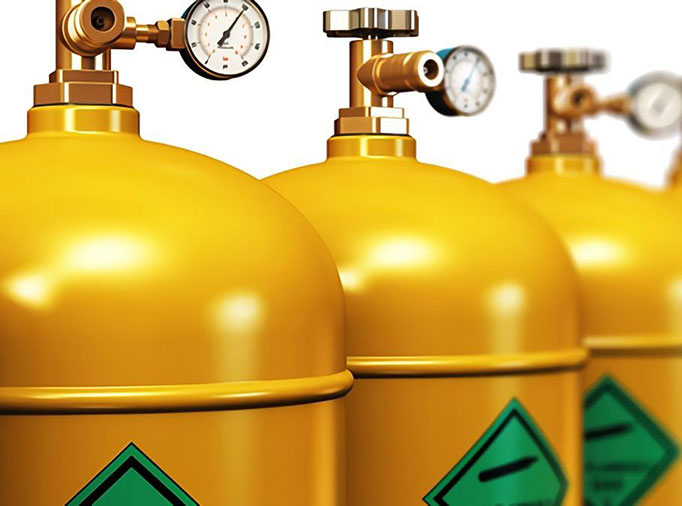The Institute of Refrigeration (IOR) in the UK has released a new guide to refrigerant selection. It aims to provide an overview of the critical points that should be considered in selecting refrigerants.
The IOR says the guide, which it refers to as Guidance Note 37, will be of particular interest to equipment owners, operators and advisers making purchasing decisions that will influence the selection of refrigerant and equipment being installed now and in use “well into the future”.
“To support net zero targets the IOR recommends that equipment designers, purchasers, owners and operators select a refrigerant with the lowest GWP possible,” the IOR says. “It is often possible to use a refrigerant with a GWP of 10 or less – carbon dioxide, ammonia, hydrocarbon or HFO – but this may not always be practical.”
The UK-based IOR recommends that systems and equipment should only be installed using refrigerants that have a GWP more than 300 when a low-GWP option with equal or better efficiency is not available.
Go to ior.org.uk











